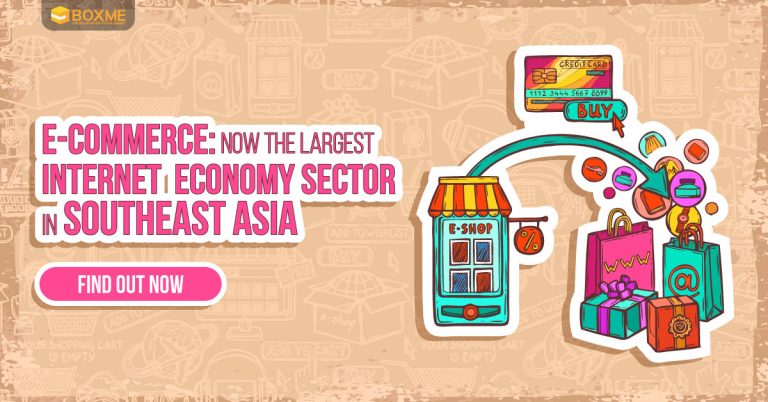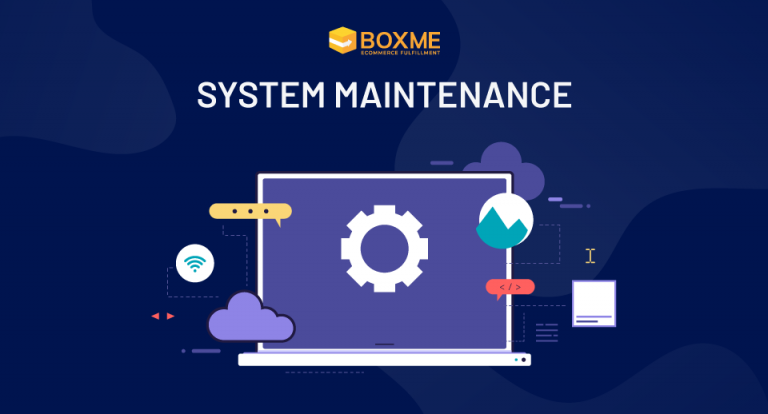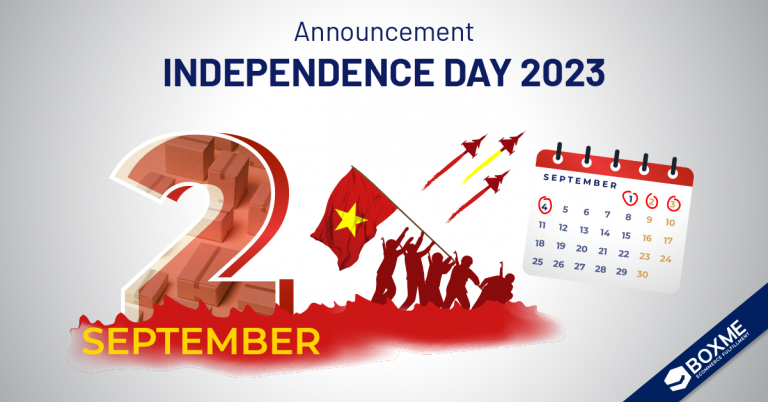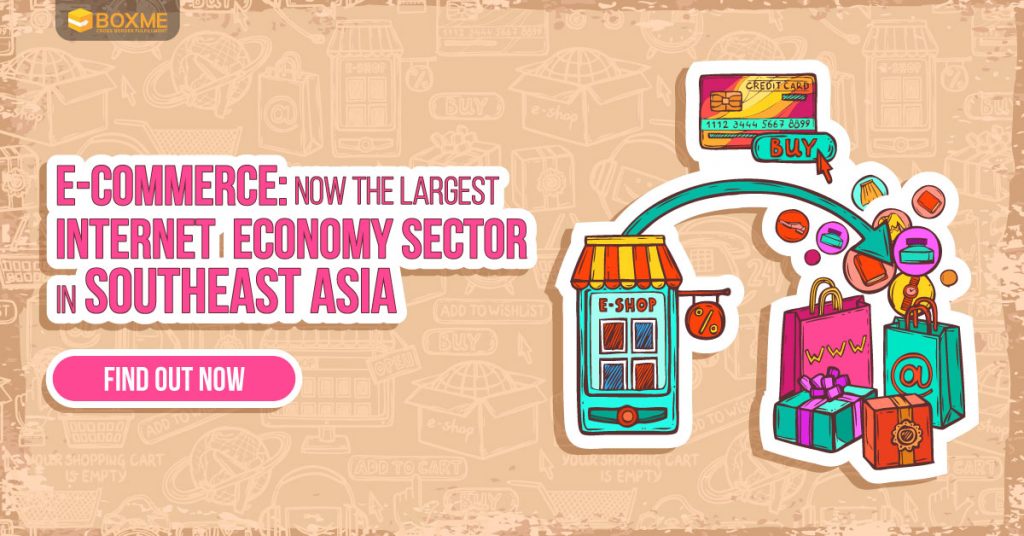
2019 is not over yet, but the E-commerce sector of Southeast Asia (SEA) already racked up $38.2 billion in total gross merchandise volume (GMV), officially surpassed Online Travel to become the biggest sector of the Internet Economy. So what’s the cause behind this triumph?
E-commerce platforms and related services have provided them with access to a global marketplace, unlimited choices, shocking prices and unmatched convenience. Brick-and-mortar stores, which used to be Southeast Asians’ go-to for everything, can’t compete with these features. In the progress, E-commerce even becomes better at gaining customer loyalty by combining attractive deals with the excitement of entertainment.
Fuelled by shopping festivals

It’s no rocket science that shopping festivals with enticing deals give customers a reason to shop. In the US, there are Black Friday and Cyber Monday, creating a peak season at year’s end. However, affected by the neighbor China with an extensive E-commerce system, every season is SEA’s shopping season with economized and made-up holidays, from 618 shopping festival, Singles’ Day on 11/11 to Double 12 on 12/12.
With heavy promotions from major E-commerce platforms, these festivals are gaining momentum, grabbing people’s attention and acquiring more customers. Queries for keywords related to E-commerce sales, coupons and vouchers have more than doubled from 2015 to 2019, Google Trends figures reveal.
->> See also: Southeast Asia’s taxing and regulations on E-commerce
“New Retail” experience

To increase customer satisfaction and loyalty, a lot of key players in the region are integrating entertainment into the experience instead of being merely a shopping platform.
Livestream is not a new selling tool since it provides customers with an up-close view of the product, however, the feature has gained enormous popularity ever since E-commerce platforms made it a build-in tool. Stores can show live streaming videos of unboxing and reviewing the products, some even invite popular influencers to attract customers. Lucky draws, red packets and live auctions also add more interaction to the buying process. An element of “gamification” is added to the experience as well. Customers are required to complete a mission or cooperate with others to acquire the sales price of a product.
Besides the product itself, participating in these activities makes customers feel connected and entertained, which plays a great role in deciding whether they are gonna return or not. These actions also create valuable insights on customers’ preferences and behavior, which will be used in Machine Learning for E-commerce companies to perfect their system, platform and offerings.
Logistics development
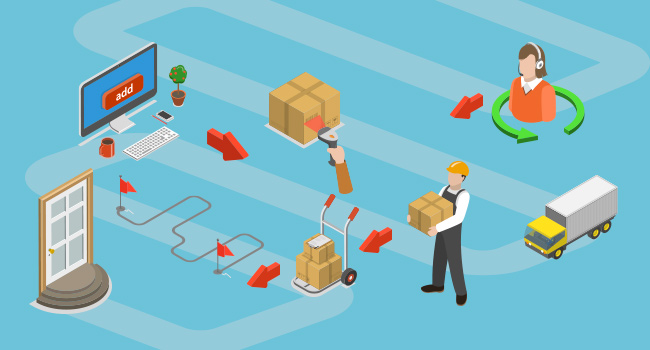
Throughout 4 years, E-commerce players are able to build a cross-border logistics network, allowing them to import/export easily and speed up the delivery time. The current average shipping time of the region is 3-4 days, and even same-day delivery is offered in some big cities with developed infrastructure.
In order to provide products of high quality, suppliers are checked and reviewed by the logistics team of these E-commerce players. By scanning out low-grade sellers, buyers will have more confidence buying products online, creating a stable and sustainable environment.
->> See also: Delivery continues to be a challenge for Southeast Asian E-commerce
Changes in consumer behavior

Enormous effort to promote online shopping by E-commerce companies, combined with a high Internet penetration rate and a young, tech-savvy population has supported a shift in consumer online behavior and spending. Before the E-commerce revolution, online shopping is used mainly for on-sale big-ticket items. Nowadays, fashion, beauty products and groceries are on the rise as consumers are getting familiar with online shopping as a regular habit. Consequently, the average order value drops while the total order value experiences a rapid surge.
—–
In Southeast Asia, the E-commerce market is still a battleground for competitors racing through numerous offerings, discounts and advertisements. But in the long run, keeping prices steady while generating profit will be a big challenge when investment money runs out.
According to e-Conomy SEA 2019 Report by Google, Temasek, Bain & Company
->> You might be interested in: A to Z about Southeast Asia’s Internet Economy in 2019
Boxme is the premier cross-border e-Commerce fulfillment network in Southeast Asia, enabling world-wide merchants to sell online into this region without needing to establish a local presence. We deliver our services by aggregating and operating a one-stop value chain of logistic professions including: International shipping, customs clearance, warehousing, connection to local marketplaces, pick and pack, last-mile delivery, local payment collection and oversea remittance.

